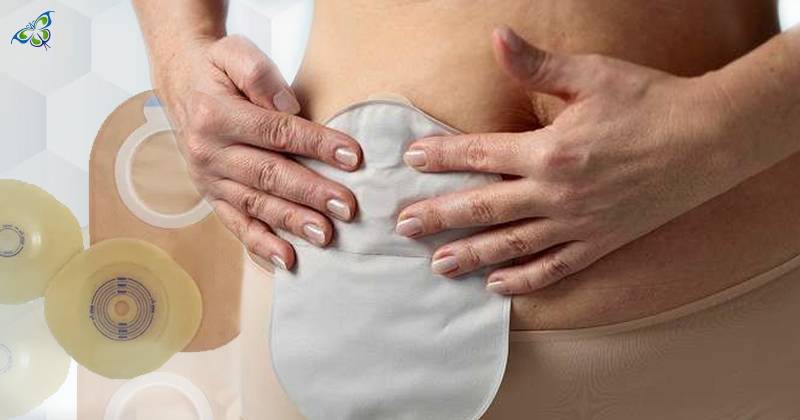
Hello
Select Address

A modern alternative to adhesives that goes without mentioning in any current ostomy discussion is the non-adhesive way of attaching your ostomy pouch. It consists of a silicone O-shaped ring that fits snugly around the stoma. It aptly directs the stoma effluent into the pouch that is held in place by an elastic belt.
The non-adhesive systems are suited for ileostomy, urostomy as well as colostomy. But ideally, these non-adhesive appliances are most suitable for people with
Non-adhesive appliances are therefore bliss for many. Sometimes an ostomate has more than one incapability to cope with and modern medical equipment often comes to the rescue of such individuals with newer innovations and techniques!
Ostomy life
Living life with an ostomy pouch attached to your body is not easy. In the beginning, it often proves to be a constant source of anxiety for an ostomate. Changing the pouch, dealing with the foul odor, taking care of the skin around the stoma are some of the things that an ostomate needs to deal with regularly. Before getting into ways to attach ostomy pouches, let’s take a glimpse of what and how it is to survive with a pouch.
To begin with, pouching systems are primarily of two types – the one-piece and the two-piece ostomy pouch. Not that there are gross medical variations in the two; rather, a choice between them completely rests upon personal preferences. So, what are a one-piece and a two-piece pouching system?
The one-piece pouch (as its name suggests) has an in-built skin barrier wafer. The two-piece pouching system, alternatively, is some people’s choice because it allows changing of pouches without having to remove the wafer every time. Thus, each of the systems has its pros for which ostomates might decide to go for them.
With this overview, let’s get into the various kinds of accessories that individuals living with an ostomy need to deal with...
The numbers of ostomy accessories are many. There are skin prep powders, liquids and wipes to help heal the irritated peristomal skin. Pastes, rings or strips are used to smooth out (or fill up) the space between the stoma and the peristomal skin. Remember, it’s only used as a caulking material and not an adhesive. Too much of the caulking thing could rather hamper the pouching system's adherence! Then there are cotton-made pouch covers, ostomy belts (to help the pouch stay better at its place!), convex inserts (for two-pieces specifically), tapes, etc.
Finally, adhesives constitute one of the most important ingredients of your ostomy. Ostomy adhesives are purposed at fulfilling two objectives:
1. They support the ostomy bag perfectly to ensure and enhance the product performance
2. They essentially protect the skin – the peristomal skin – from being exposed to the effluent from the stoma.
Hence, adhesives are an important consideration for patients going in for ostomy. As for the skin, they could impact it in more than one way!
Ways in which the adhesive could impact your ostomy
The adhesives used to support the ostomy set up could in turn –
• Affect the skin pH
• Leave the skin moist and macerated
• Stress the skin by stripping it while removal. It could leave back residues also!
• Cause allergy if its composition is not hypoallergic
A lot more things such as flexibility of the body, type of pouch to be used, duration of ostomy wear, skin type, type of effluent from the stoma, etc. need to be considered before the inclusion of ostomy adhesive!
[Read more on: urostomy bag]
Ostomy belts help secure the ostomy pouch safely in place. They result in enhanced adhesion and provide a sense of security too. Ostomy belts therefore aid in exerting lesser and lesser pressure on the adhesive. Consequently, it also works to prevent the leaks (that seep through the loosely fitted skin barrier)!
Validate your login
Sign In
Create New Account